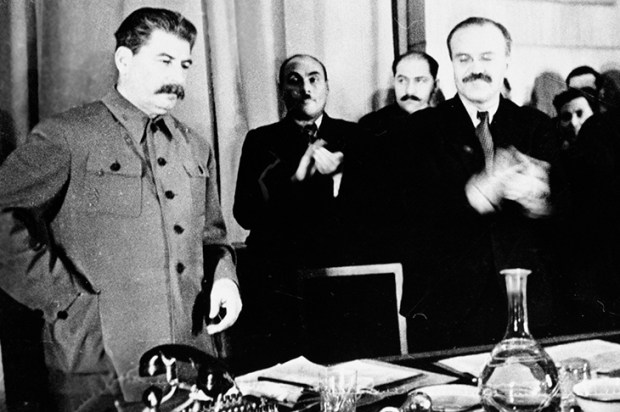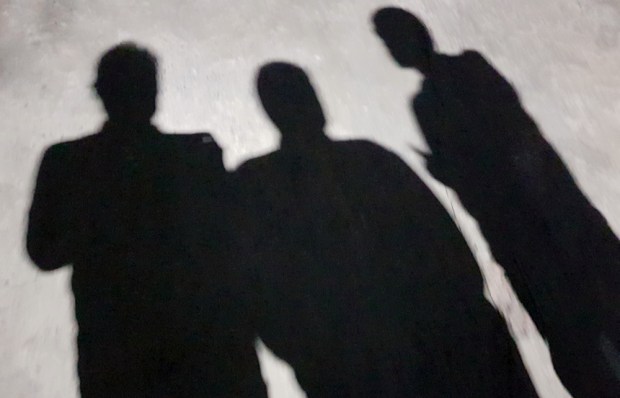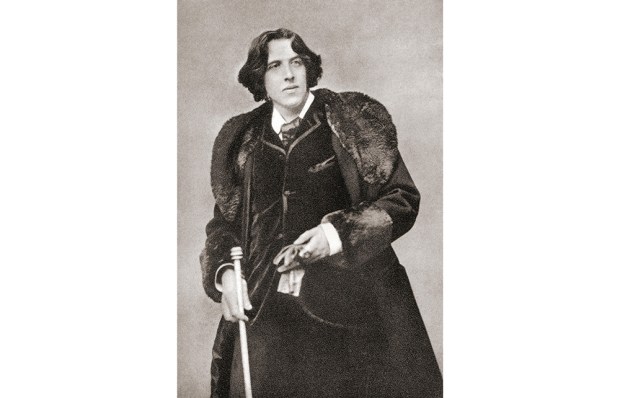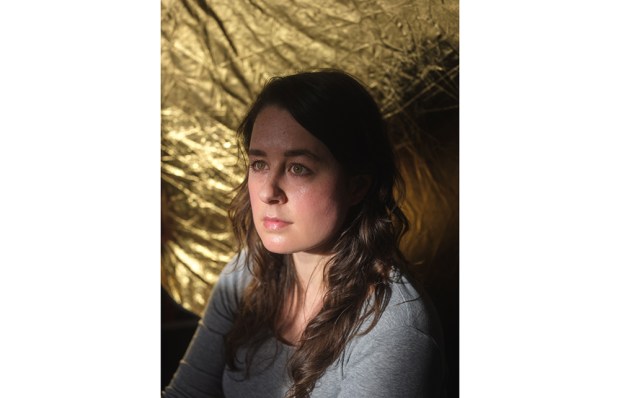Covid-19 has been bad news for writers with books coming out — unless the book is about breathing. We’re all now gripped by our airways, by the significance of a runny nose, a sore throat or chest tightness. We know to dread that once obscure symptom, anosmia. We debate the risks of breathing through two-ply cotton. Thousands of ITU patients delegate their respiratory effort to machines that punch at compliant lungs. The world was winded by George Floyd’s last words: ‘I can’t breathe.’
James Nestor’s fascinating new book is playful and optimistic. Everyone breathes — 25,000 times each day — but few of us are good at it. Evolution prioritised Homo sapiens’ large brains and complex voices, leaving our respiratory apparatus short on space. Bad breathing habits have worsened the situation. Modern nostrils are pinched, nasal septa bent, sinuses poky, teeth crooked, necks thick, diaphragms sluggish. In fact 90 per cent of us have some form of ‘malocclusion’, says Nestor. This puts us at greater risk of chronic illness, mental health problems and infectious diseases.
At its heart, Breath is about enhancement rather than sickness. Nestor collaborates with a troop of ‘pulmonauts’ — mainly male, self-taught body-hackers, experimenting on themselves to discover truths ignored by doctors. For three weeks, he shares his home laboratory with a Swedish breathing enthusiast. No scented candles take the edge off as they suffer through their ‘breathing+’ challenges, surrounded by pulse oximeters, blood pressure cuffs, stop watches and exercise equipment. The resulting headaches, sweating and hallucinations are more than most of us could bear.
If Nestor’s message about better breathing were pared down, like Michael Pollan’s mantra for better eating, it might read: Breathe slowly, not too deeply, mostly through the nose. The strategies Nestor recommends — nostril breathing, breath holding and extended exhalations — have established lineages. Many ancient cultures and religions — Native American, Buddhist, Christian, Taoist — developed prayer techniques that independently arrived at an optimum 5.5 breaths per minute, which is under half the ‘healthy norm’ defined by modern medicine.
One piece of respiratory advice everyone has heard of is to ‘take a deep breath’, so to be told to breathe less air might come as a surprise. But to inhale more moderately does not reduce the body’s oxygen levels; it increases carbon dioxide. Nestor skilfully explains how our drive to breathe is a reaction to high carbon dioxide levels. Patients suffering from anxiety or asthma are over-sensitive to CO2, and consequently breathe more than they need to, which can itself cause a panic attack. Training the body’s chemoreceptors to better tolerate this metabolic waste product through breath-holding and prolonged exhalation controls the urge to hyperventilate.
To demonstrate the inferiority of mouth breathing, Nestor bungs up his own nostrils, inhaling ‘unfiltered, unmoistened and unheated’ air for ten days. The results are alarming, especially as half of us are habitual mouth breathers. He observes a peak in his snoring, increased urination, frequent headaches and diagnosable hypertension. These claims are backed up by plenty of research.
But Breathoccasionally oversteps the science. Nestor relies on too much anecdotal evidence, and makes grand claims that ‘immune function, weight, circulation, mood and sexual function’ can be ‘heavily influenced’ by higher levels of nitric oxide from nose breathing, while increased concentrations of CO2 can ‘sharpen our minds, burn fat, and, in some cases, heal disease’. Yet the details of these statements remain vague. Nestor rows back on appealing stories from earlier chapters (‘my blood pressure kept dropping, my heart rate variability kept rising, and I had more energy than I knew what to do with’) in an epilogue, which was included defensively after Nestor was asked for guidance about how to cure pulmonary embolisms and cancer.
Breath’s final section — a crib sheet of techniques — would certainly be useful before a big meeting, as part of a mindfulness practice, or to ease insomnia. However, just because the solutions are simple doesn’t make habits easy to break. ‘It’s only through disruption that we can be normal again,’ says one of Nestor’s sources. ‘Disruption’, the religion of Silicon Valley, describes how something inefficient or costly can be done with much less effort for optimised results. But ‘disrupting’ the autonomic reflex of breathing comes at a potentially high price: neurosis. ‘Enhanced respiration’ is likely to be a growing market in the near future. Let’s remain sceptical that becoming even more aware of our breathing is something we’re willing to buy into.
Got something to add? Join the discussion and comment below.
Get 10 issues for just $10
Subscribe to The Spectator Australia today for the next 10 magazine issues, plus full online access, for just $10.
You might disagree with half of it, but you’ll enjoy reading all of it. Try your first month for free, then just $2 a week for the remainder of your first year.














Comments
Don't miss out
Join the conversation with other Spectator Australia readers. Subscribe to leave a comment.
SUBSCRIBEAlready a subscriber? Log in